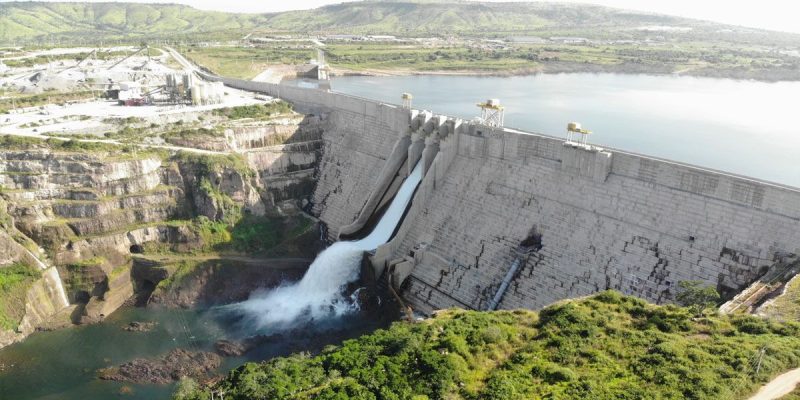The Laúca hydroelectric power station is fully operational. The announcement was made by the Austrian company Andritz, which built and installed all the units at the plant, which has a capacity of 2,070 MW.
Angola is relying on hydroelectricity to develop its economy. One of the country’s biggest hydroelectric projects has just been completed. The Laúca hydroelectric power station is fully operational, according to the Austrian company Andritz, which was involved in implementing this project on the border between the Angolan provinces of Cuanza-Nord and Malanje.
Andritz recently completed construction of the 70 MW environmental flow power station, bringing the installed capacity of the hydroelectric scheme to 2,070 MW. This is the culmination of a project launched in 2013 and implemented by Gabinete de Aproveitamento do Médio Kwanza (GAMEK), a company of the Angolan Ministry of Water and Energy. The first unit (335 MW) of the 270 m-long power station was commissioned in 2017, and the last turbine in 2020.
Read also- ANGOLA: US Exim Bank releases a record $900m for two solar power plants
The plant’s turbines are powered by a gravity dam built on the Kwanza river. The infrastructure is 132 m high and 1,075 m long. The dam, which forms a reservoir of 5.5 billion m³ over 200 km2, is one of the largest hydroelectric power stations in operation in Africa. Laúca has almost the same electricity-generating capacity as the 2,075 MW Cahora Bassa hydroelectric power station in Mozambique.
According to Andritz, the Laúca plant, which can produce up to 8,640 GWh a year, is “the backbone of modern grid regulation in Angola, providing enough electricity to meet the demand of around 8 million Angolan households”. The $4.3 billion hydroelectric megaproject was financed by the Angolan government with the support of Brazil and a number of financial institutions, including the Development Bank of Southern Africa (DBSA), Standard Chartered and Gemcorp Capital, an investment company based in London, UK.
Jean Marie Takouleu







